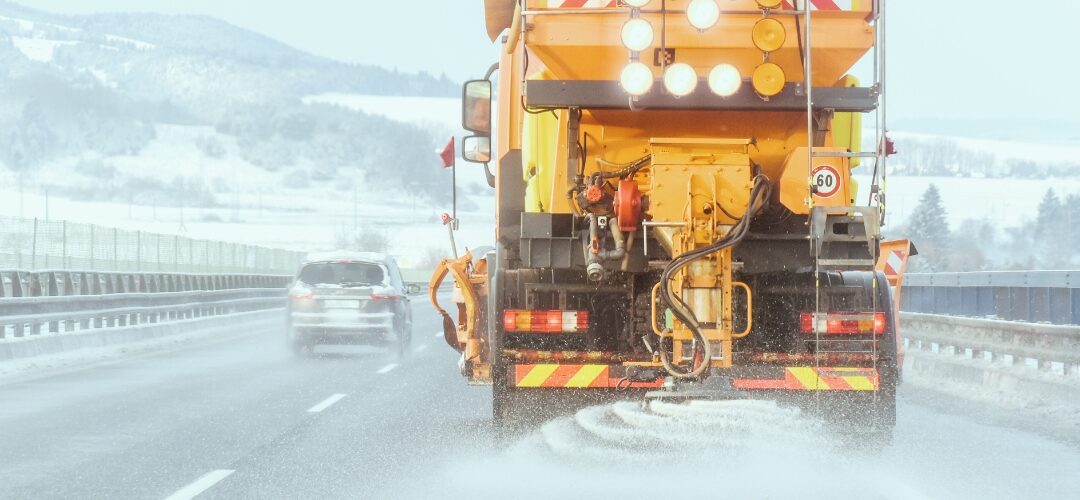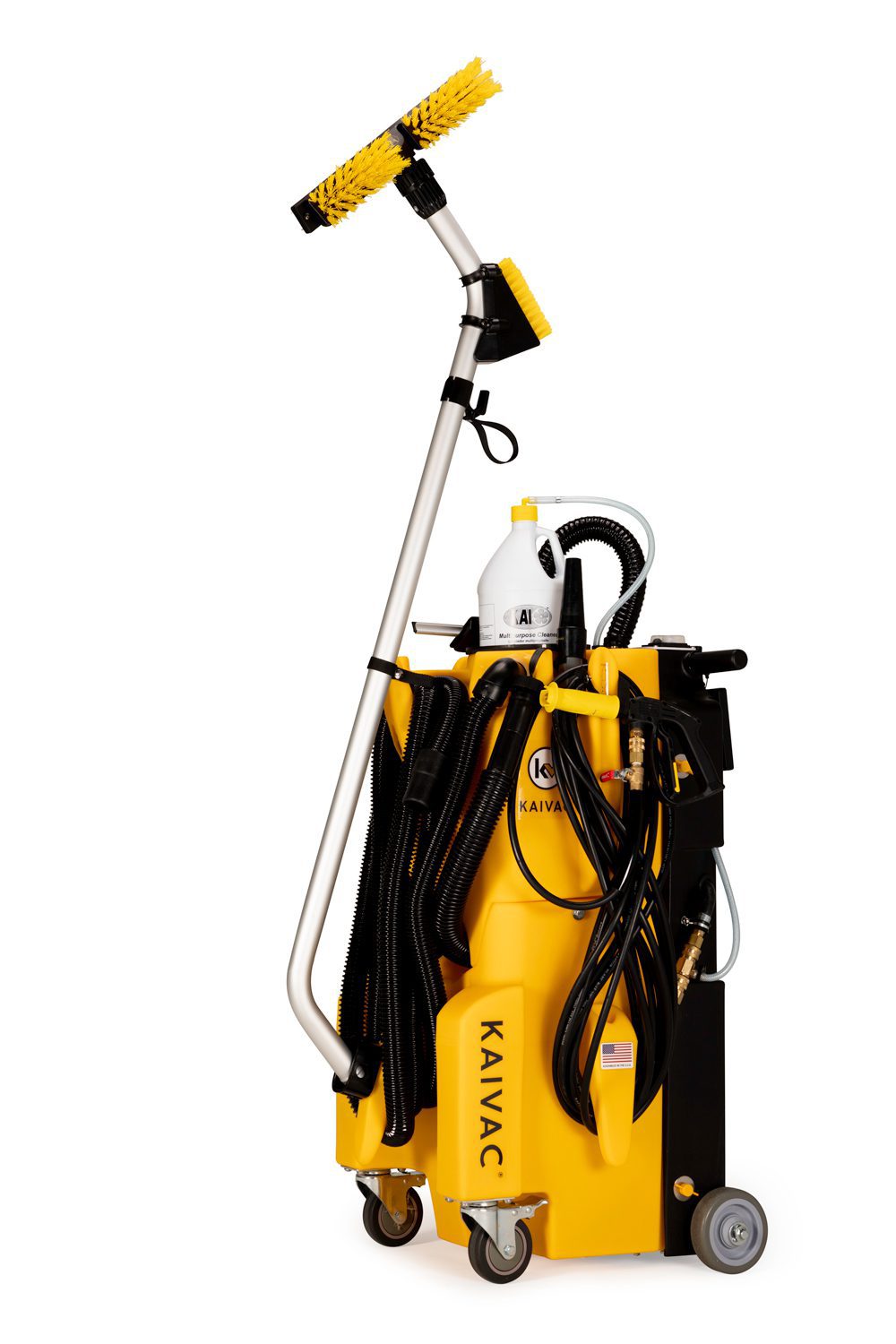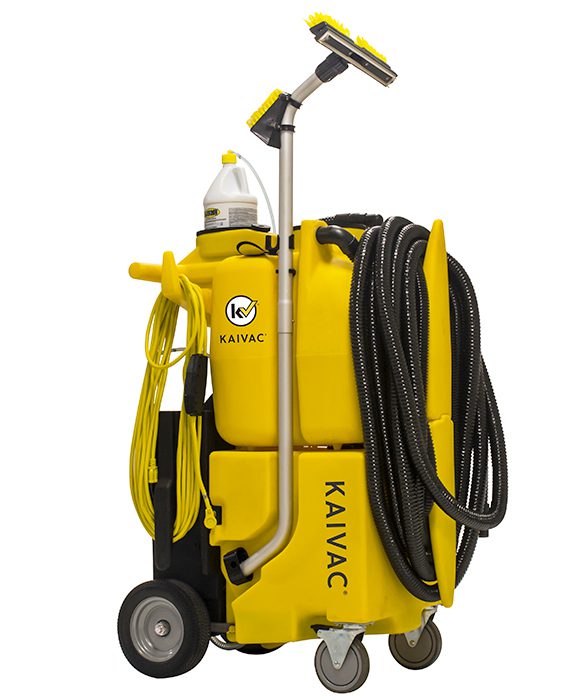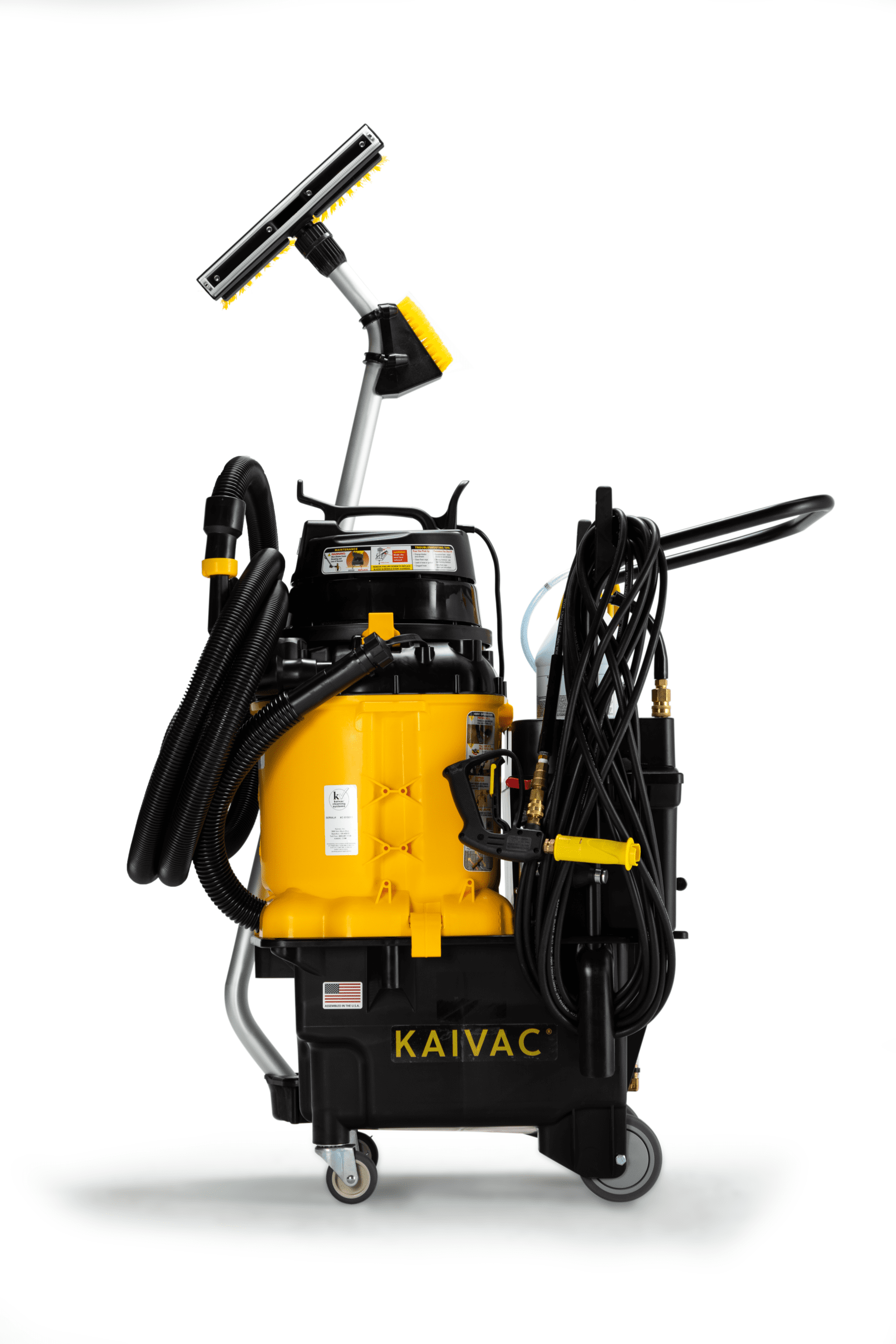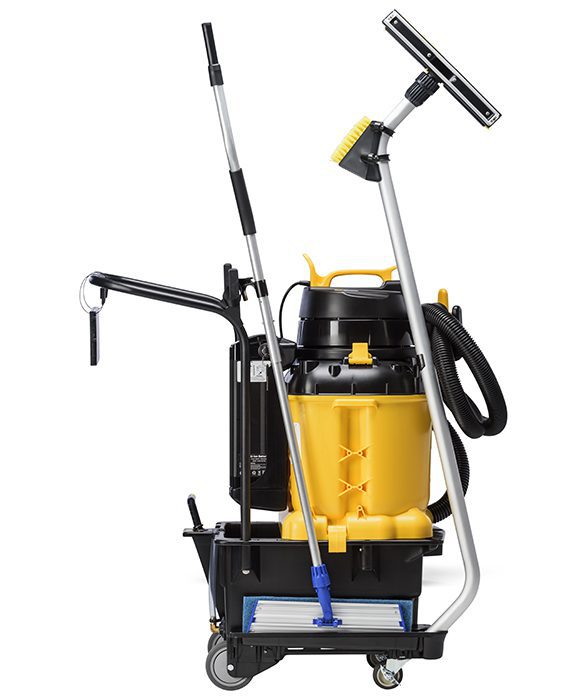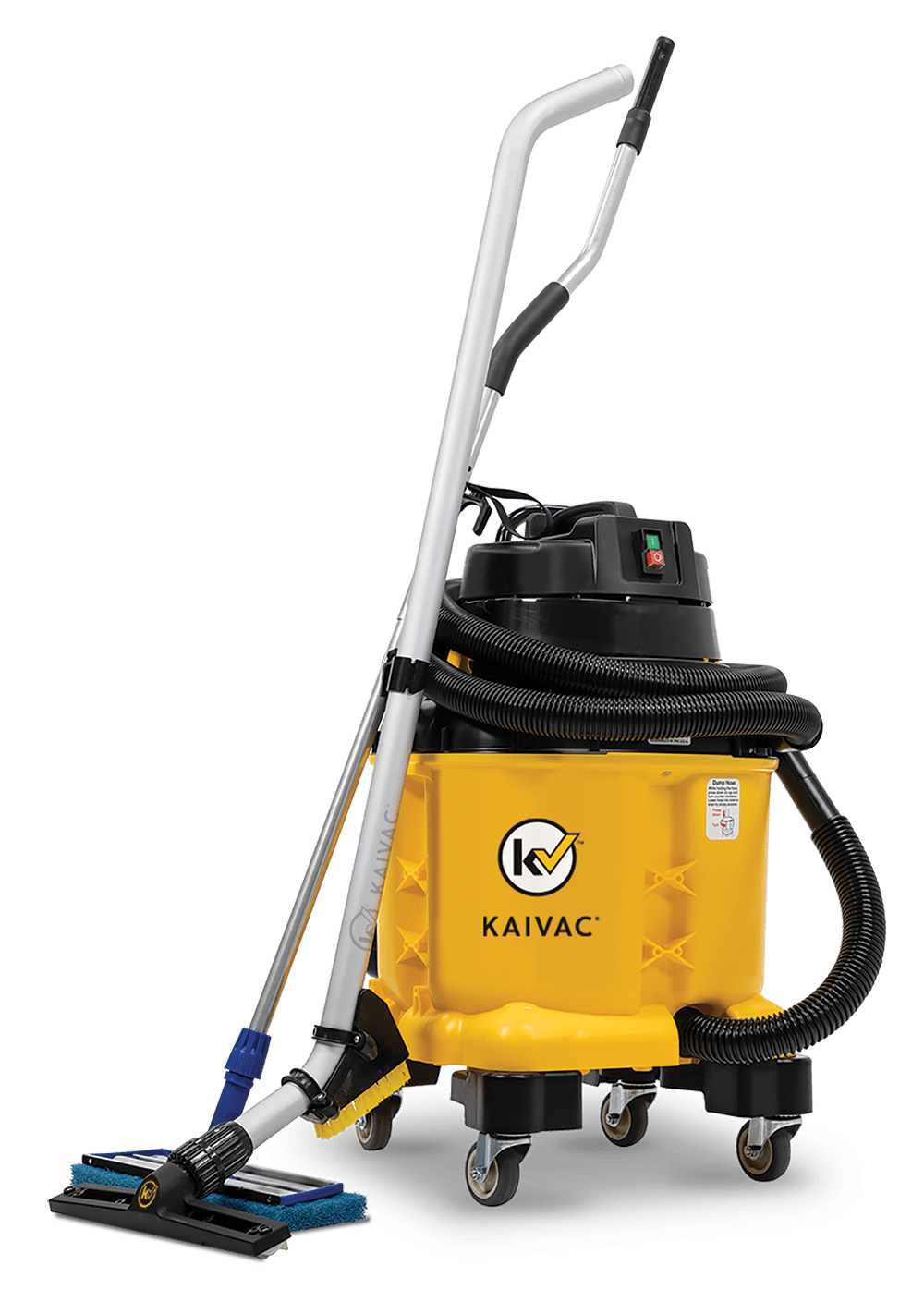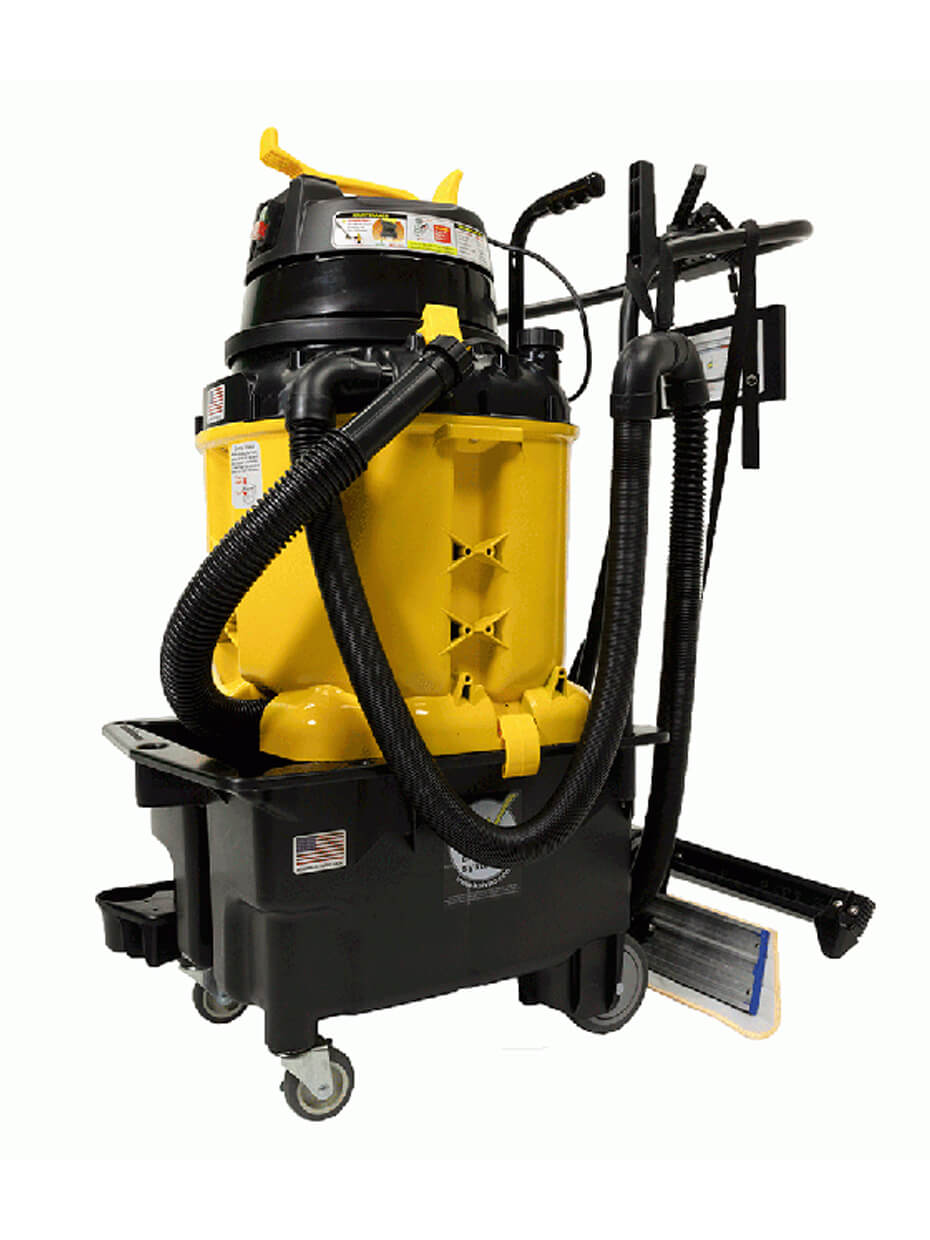Road salts help protect people but wreak havoc on flooring materials. Smart application of ice melt chemicals makes winter walking and driving safer. But once tracked into your building these granules leave a terrible mess. Road salts can permanently scratch and mar all kind of flooring materials. Even worse, trying to remove them with the wrong cleaning chemicals can further damage expensive finishes.
Here’s how to protect hard and soft flooring from road salt damage.
What are Road Salts?
Far from some mysterious, magical creation, road salts are Sodium Chloride rocks (NaCl) which is just, well, salt. But instead of the dainty crystals found in the shaker on your table, these big, unpurified rocks, aka halite, come as is, straight from the mine.
Road salt works by lowering the freezing point of water, making it harder for it to transform into slick, icy patches. Road salt is cheap and plentiful, making the rocks a popular choice for keeping streets and parking lots open in the winter. It also has a corrosive effect on cars, roads, and infrastructure resulting in approximately $5 billion dollars in annual repairs in the U.S. alone.
Road salts work best down to 0°F. Colder temperatures demand other ice melt products like magnesium chloride, calcium chloride, and potassium chloride. Magnesium and potassium products tend to be less corrosive than road salt making them safer on the environment—and delicate pet paws. Calcium chlorides melt ice at super low temperatures, minus 25°F, but is even worse for the environment than road salt.
How Road Salts Damage Floors
Tracking these corrosive chemicals into your facility creates a huge headache for the people tasked with cleaning up. Staying on top of the mess can also be costly. According to this article on CleanLink, “The cost of special cleaning at entranceways during storms is around $50-$60 per entranceway. This includes labor, cleaning, equipment, and tools,” according to Mark Warner, Cleaning Management Institute Education Manager for the International Sanitary Supply Association (ISSA).
Warner estimates that, “With two to three entranceways and two to three cleanings per day during a storm, the added cost of added cleaning could easily exceed $400-$500 per day, per building.”
But not cleaning up the mess comes with its own risks and costs. Standing water is always a slip and fall risk for employees and guests. Ice melt combined with polyurethane finishes create a slippery, oily sheen, or leaves a sticky film that attracts more dirt. Salts leave a powdery residue that dulls high gloss finishes. They can also scrape gouges into a floor.
How to Protect Floors from Road Salts
The best way to clean up road salts and other ice melt chemicals is to keep most of it outside. Starting by applying only as much as needed. Remember, a little of these products go a long way. Adding more does not improve performance but it does increase the chance of tracking the stuff inside.
A robust matting system also helps protect floor finishes. Experts recommend about 20 feet of matting starting with scraper mats. These mats feature a rough elevated pattern that remove large chunks of mud and debris from shoes. Some have drainage holes to pull and hold on to water and snow.
Follow scraper mats with thinner floor mats. Usually made of carpet or microfiber, these wiper mats capture most of the remaining dirt, moisture, and salts from shoes. Scraper mats work best just outside the entry way or in the vestibule. Floor mats are more appropriate for inside the building.
Some debris and road salts will evade even the most vigorous matting system. Removing the mess requires a floor neutralizer specifically designed to dissolve ice melt. But proceed with caution. A mop will only spread the dissolved salts around while an autoscrubber can push the gritty slurry into the finish.
Use advanced tools from Kaivac instead. The All Floor™ and AutoVac Stretch™ pick up spills, debris, and dissolved road salts quickly and completely. Leaving no sticky mess or oily patches behind, these tools make winter maintenance easy. Floors are clean, dry, and safe to walk on and the finish looks great too.
